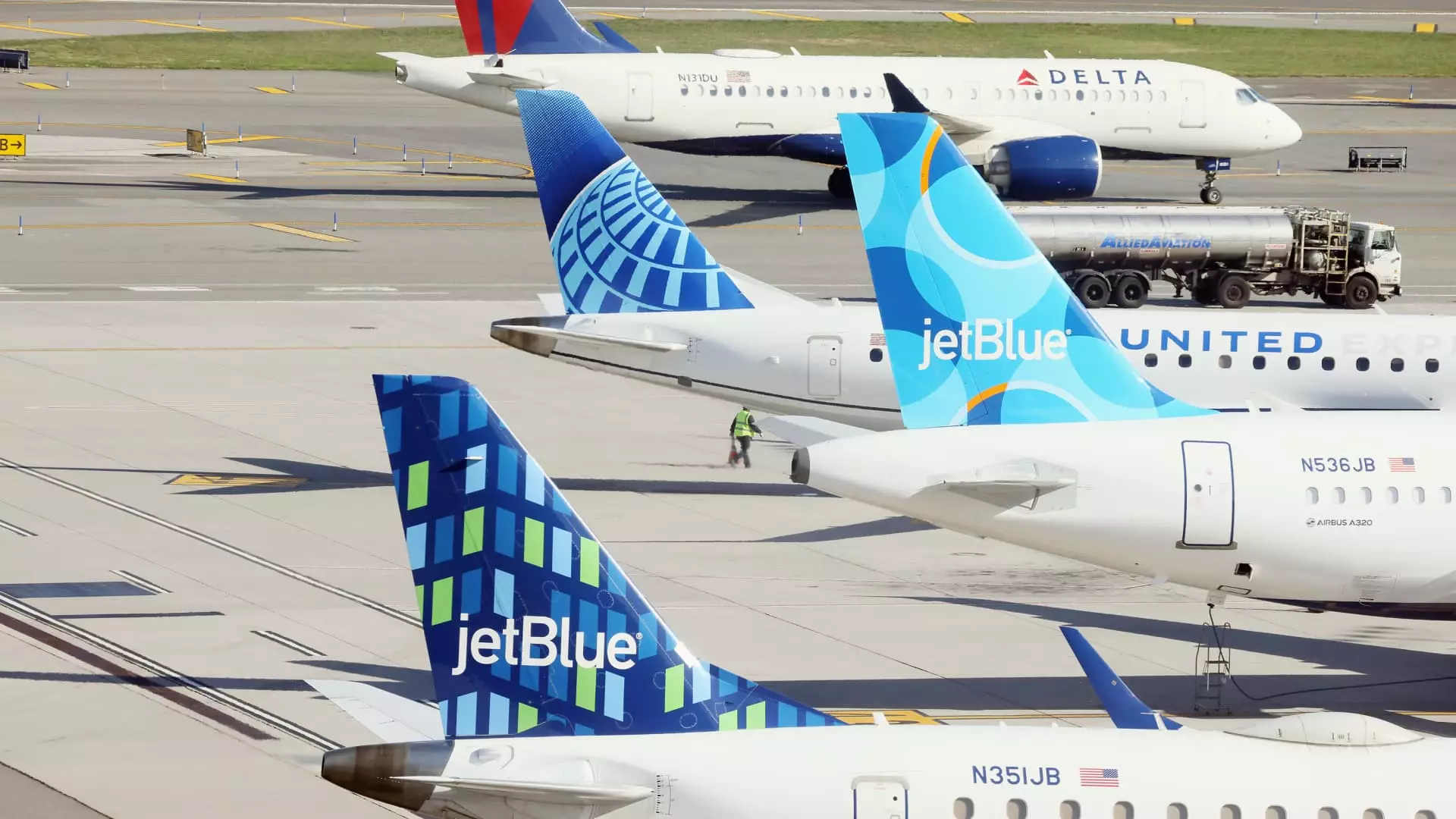The aviation industry in the United States is facing a challenging period as airlines grapple with an oversupplied domestic market, resulting in lower fares and reduced profits. In response to this situation, U.S. airlines have been reducing their capacity through the end of the year. According to Deutsche Bank, there has been a significant week-over-week capacity reduction, with airlines cutting almost 1% off of their planned capacity for the fourth quarter. Despite the reduction, airlines are still expected to grow their flying capacity by about 4% year over year in the final three months of the year.
For passengers, the reduction in airline capacity could have a direct impact on fares. As airlines struggle to manage excess capacity and maintain profitability, there is a possibility that fares will increase in the near future. The latest U.S. inflation report revealed a decline in airfare prices, with June seeing a 5.1% decrease from the previous year. By reducing capacity, airlines hope to drive up fares for consumers while also boosting their bottom lines, provided that travel demand remains strong.
U.S. airline executives have acknowledged the strong demand for air travel but recognize the need to scale back growth plans in light of the saturated domestic market. Delta and United Airlines issued disappointing third-quarter outlooks earlier this month, prompting them to anticipate capacity pullbacks within the industry by August. Southwest Airlines, for instance, projected a potential drop in third-quarter unit revenue and announced plans to transition away from its traditional open seating model to introduce extra-legroom seats as a revenue-generating strategy.
American Airlines reported a significant decline in second-quarter profit and announced plans to reduce its capacity growth in the coming months. The airline has experienced excess capacity, leading to increased discounting activities that have impacted its profitability. In response, American Airlines aims to expand its capacity by less than 1% in September compared to the previous year and plans to grow by 3.5% in the second half of the year, a more conservative approach compared to the 8% growth in the first six months of the year.
Low-cost and discount airlines have taken a more aggressive approach to address the challenges posed by excess capacity and pricing pressures. These carriers have been cutting unprofitable routes and scaling back capacity to improve their financial performance. JetBlue Airways, for example, has eliminated money-losing routes and focused on popular city pairs, while Spirit Airlines has warned of a wider-than-expected loss for the second quarter due to lower-than-anticipated non-ticket revenue.
The reduction in airline capacity in the U.S. market reflects the industry’s efforts to address pricing pressures and improve profitability. As airlines navigate through a period of oversupply and aggressive competition, passengers may face higher fares in the future. The strategic adjustments made by airlines, including capacity reductions and revenue-enhancing initiatives, will play a crucial role in shaping the industry’s financial performance in the coming months.


Leave a Reply